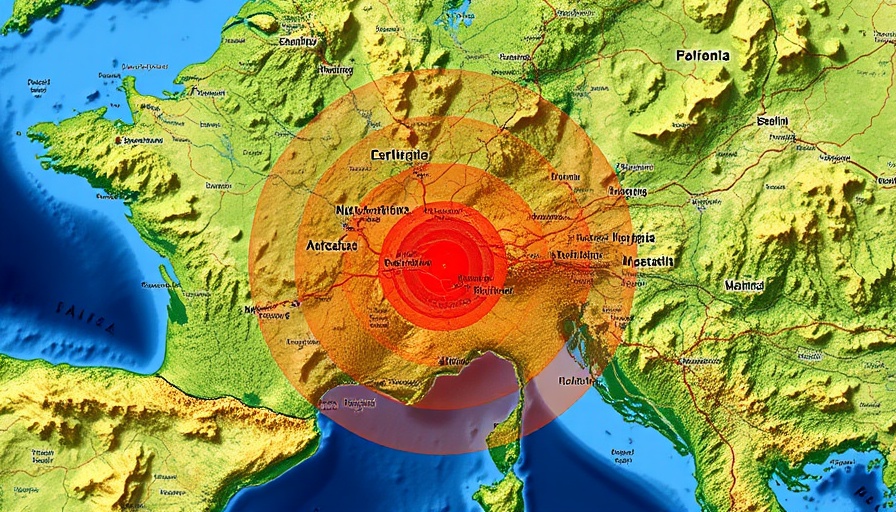
The Changing Face of Charlotte’s Skyline
Charlotte's skyline, once celebrated for its modern elegance and distinct architecture, is undergoing a transformation that many residents find troubling. Just this past week, Wells Fargo added its name to the illustrious, yet now branded, silhouettes of the Charlotte skyline. The installation of massive illuminated logos on the ‘handle bar building’, formerly known as the Duke Energy ‘Tower of Power’, has sparked debate about the impact of corporate branding on the city’s aesthetic.
Branding vs. Authenticity: The Ongoing Debate
After years of community outcry regarding the encroachment of corporate logos on iconic structures, the recent addition of Wells Fargo’s 14-foot-tall letters exemplifies a growing trend that diminishes the charm of the Queen City. Local residents express concerns that these brands overshadow the architectural beauty of their city. Such instances raise a fundamental question: Is the allure of corporate presence in the city worth compromising its visual identity?
Economic Factors at Play
Supporters of the new logos argue that these corporations, including Wells Fargo, are crucial to Charlotte’s economic landscape. With nearly 30,000 employees in the area, Wells Fargo underscores its commitment to the city's growth through significant investments, including a $500 million initiative aimed at enhancing employee experiences. These enhancements, which include upgrades to the building's LED lighting system, aim to boost morale and create a sense of community among employees. Yet, is there a tipping point where corporate investment should not come at the expense of a city’s architectural integrity?
A Legacy of Corporate Logos in Charlotte
Charlotte’s skyline has increasingly become host to various corporate identities, with past examples from Bank of America, Ally, and Honeywell adorning the rooftops of towering structures. For many Charlotte residents, these logos signify a shift from local branding pride to what some describe as a ‘visual assault’ on the city landscape. One doesn’t have to look far to find analogies in cities like Las Vegas, where corporate branding has become synonymous with the cityscape, but can Charlotte maintain its unique flair amidst this trend?
Local Reactions: Voices from the Community
Community response has been a mix of acceptance and resistance. Many longtime residents worry that the addition of corporate advertisements detracts from the city's individuality. At town halls and on social media, passionate discussions unfold, with cultural aficionados leading the charge in favor of protecting the city’s visual landscape. Highlighting the importance of preserving Charlotte’s historic identity, local activists have initiated petitions, urging city officials to reconsider the zoning laws that allow such intrusive branding.
What’s Next for Charlotte’s Skyline?
The question remains: What does the future hold for Charlotte's beautifully diverse skyline? Will further corporate branding continue to redefine the look of the Queen City or will residents and city officials find a harmonious balance between economic development and preserving the architectural integrity? The outcome may depend on collective community advocacy and proactive policies aimed at protecting Charlotte’s distinct character.
This ongoing discourse asks locals to reconsider their connection to Charlotte as a burgeoning metropolis. Are they willing to sacrifice the charming skyline in pursuit of growth and corporate presence? As Charlotte continues to evolve, its residents must weigh their priorities for the future—balancing brand identity with the authenticity they cherish.
As the conversation progresses, stay informed about Charlotte's developments, and join your neighbors in shaping a future that honors both economic growth and the visual beauty of our beloved city.
 Add Row
Add Row  Add
Add 




Write A Comment